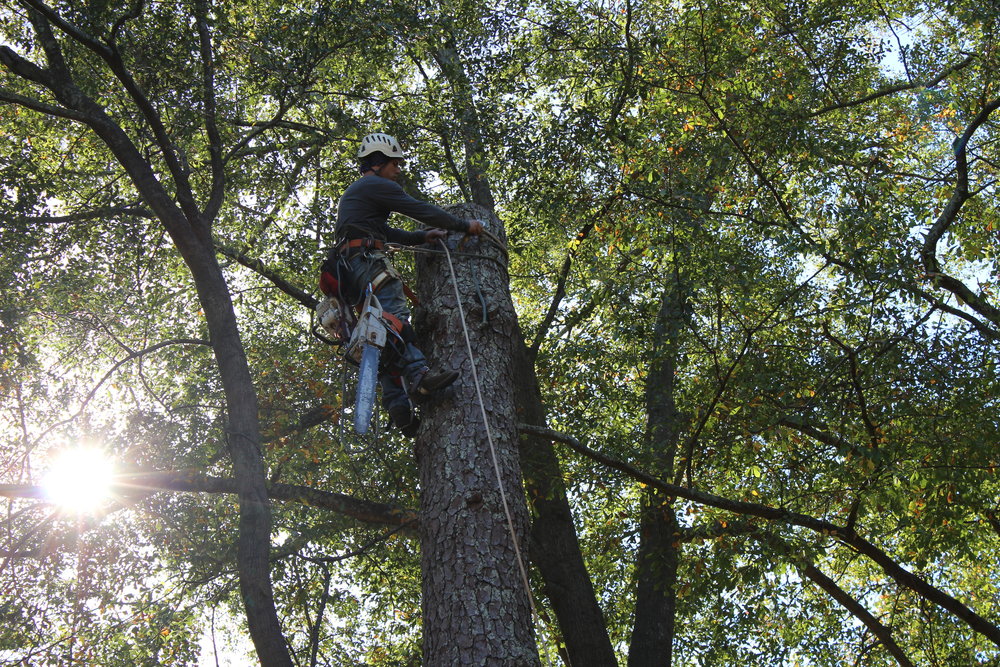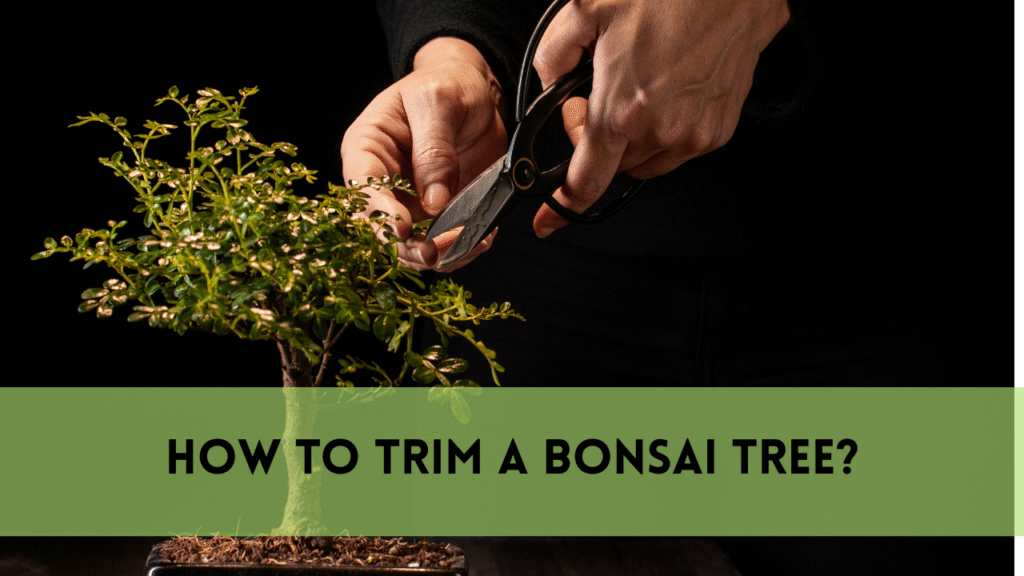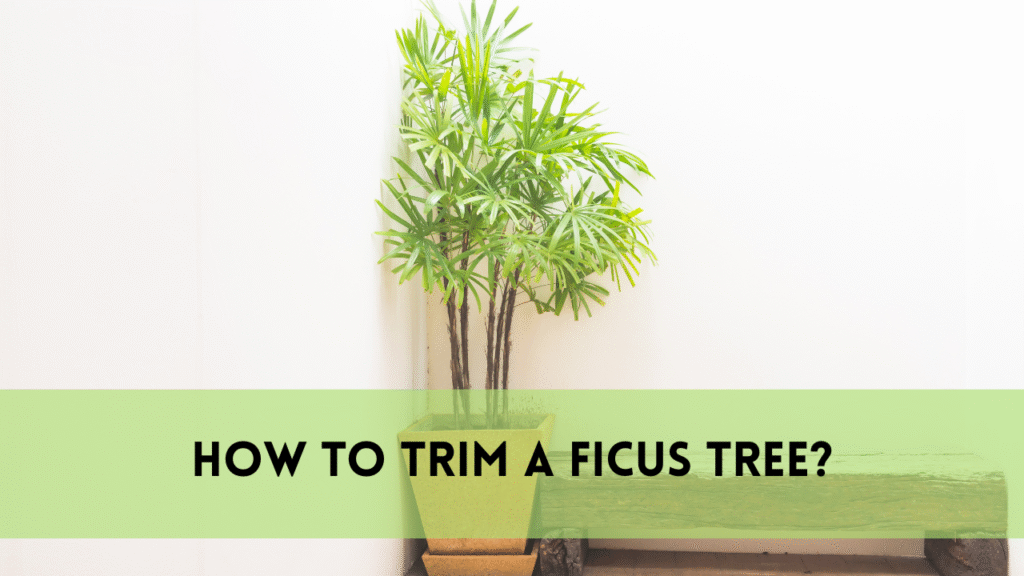Maintaining the health and beauty of palm trees requires specialized care, and at the heart of this care are the tools used for palm tree trimming. These unique and essential tools are designed to navigate the tall and slender trunks as well as the expansive, often delicate fronds of palm trees. From the iconic date palm to the majestic royal palm, these trees adorn landscapes around the world, and their maintenance is vital for safety, aesthetics, and the well-being of the trees themselves.
The Importance of Trimming Palm Tree
Palm tree pruning is critical for both the trees’ health and the safety and attractiveness of their surroundings. Regular pruning not only improves the appearance of palm trees but also preserves their durability.
Trimming eliminates dead or damaged fronds, enabling the healthy development of new ones. This management approach minimizes the buildup of waste and pests beneath the canopy, protecting the tree from illnesses and infestations.
Furthermore, palm tree pruning decreases the possibility of fronds falling and inflicting damage or injury, especially during storms or high winds. A well-trimmed palm tree can tolerate harsh weather conditions better. It also reduces the likelihood of tripping hazards, boosting safety for residents and visitors.
Palm tree trimming, in essence, is a crucial part of responsible tree care, increasing landscape attractiveness, preserving property and people, and promoting the general health of these famous plants.
12 Best Palm Tree Trimming Tools
Palm plants require a special set of equipment to manage their tall, thin trunks and wide, often fragile fronds, which make these trees such prominent features in landscapes all over the world. These instruments are necessary to maintain the health and beauty of palm trees.
From the picturesque date palm to the majestic royal palm, each species presents its own set of challenges and requirements when it comes to pruning and trimming.
1. Pole pruners:
These instruments are essential for reaching the great heights of palm plants. Pole pruners, which have extensible poles, enable the cutting of high branches and fronds without the use of perilous ladders or risky climbing.
The extension poles are available in a variety of lengths to fit different palm tree species. Professional arborists use them to sculpt the canopy, removing dead or excessive fronds to boost tree health and appearance.
2. Pruning Shears:
For the meticulous work of trimming smaller fronds and branches, pruning shears provide precision. They come in various types, including bypass pruners that make clean cuts and anvil pruners for cutting thicker growth.
Pruning shears are essential for maintaining the delicate appearance of ornamental palm trees like the Mediterranean fan palm.
3. Loppers:
Designed for thicker branches, loppers have a longer reach and leverage for addressing larger growth while preserving the accuracy needed for fine-tuning palm trees. These tools are especially useful for palms with denser fronds, such as the queen palm.
4. Handsaws:
With their thin, curved blades, handsaws are suitable for cutting through bigger palm fronds and branches. They provide control and flexibility, especially in tight or constricted locations, and can reach regions that power saws cannot. Handsaws are essential for species like the Canary Island date palm, which has larger fronds that require precise shaping.
5. Chainsaws:
Chainsaws are the heavy artillery in palm tree trimming. Reserved for large, mature palm trees and extensive pruning tasks, they make quick work of thick branches, significantly speeding up the trimming process. When dealing with towering royal palms or robust coconut palms, chainsaws are essential for efficiency.
6. Climbing Gear and Safety Harnesses:
Arborists and professionals who must mount palm trees rely on climbing gear and safety harnesses to protect their safety. These gadgets provide safe access to the tree’s top reaches while avoiding mishaps. Whether you’re working on a towering Washington palm or a graceful foxtail palm, climbing gear is vital. Whether you’re working on a towering Washington palm or a graceful foxtail palm, climbing gear is vital.
7. Palm Collars:
Palm collars are put at the base of fronds before pruning to protect the tree’s trunk from injury and to limit the possibility of disease spread. Palm collars are especially useful for species like the sago palm, where the trunk’s integrity is critical for stability.
8. Tree Climbing Spurs:
Arborists employ tree climbing spurs to securely ascend palm tree trunks. These spurs contain sharp tips that hold the bark of the tree, ensuring secure and controlled climbing. When working on tall and thin Mexican fan palms or cabbage palms, tree climbing spurs provide stability during ascent.
9. Palm Tree Gloves:
Designed specifically for palm tree trimming, these gloves offer protection against the sharp thorns and spines of palm fronds while allowing for dexterity and precision in cutting. They are particularly valuable when working with palms like the pygmy date palm, which has thorny fronds.
10. Safety Goggles:
Trimming palms carries the risk of falling debris and irritants from fronds that can harm your eyes. Safety goggles or glasses provide the required protection. These are useful for working with palm kinds that drop fronds or contain unpleasant sap, such as the queen sago palm.
11. Rope and Pulley Systems:
For safely lowering large fronds or branches to the ground, arborists and professionals use rope and pulley systems. These tools allow for controlled descent, minimizing damage and the risk of injury. Rope and pulley systems are particularly valuable when working with tall species like the Christmas palm.
12. Rakes and tarps:
Rakes are used to gather fallen palm fronds and debris after pruning. Tarps are used to collect and remove the cut material, leaving the area clean and debris-free. This is especially vital for maintaining the clean appearance of palms such as the windmill palm.
FAQS
Can I prune my palm tree using standard garden shears?
While garden shears may be used for light care, palm trees benefit from the accuracy of specialist palm tree trimming equipment, which ensures both the tree’s health and beauty are maintained.
How often should I prune my palm tree?
The frequency of pruning is determined by the species and your climate. In general, once a year is sufficient, but some species may require more regular maintenance.
Can I trim a palm tree myself, or should I hire a professional?
For safety and the well-being of the tree, it’s recommended to hire a professional, especially if the tree is tall or if you lack experience with palm tree care.
Is it necessary to use wound dressing after pruning?
Using wound dressing is advisable, as it helps prevent diseases or pests from entering fresh cuts, ensuring the tree’s health.
What’s the best time of year to trim a palm tree?
Late winter or early spring is generally the ideal time for palm tree trimming, as it allows for recovery during the growing season.
Conclusion
Palm tree trimming tools are vital for preserving the beauty and health of these renowned trees. From pole pruners for tall canopies to pruning shears for delicate fronds, the correct equipment provides exact care. Safety and protective equipment are critical, especially for higher species. Whether you’re dealing with a powerful coconut palm or a beautiful sago palm, having the correct tools and expertise is essential for successful palm tree maintenance.





